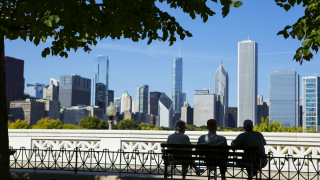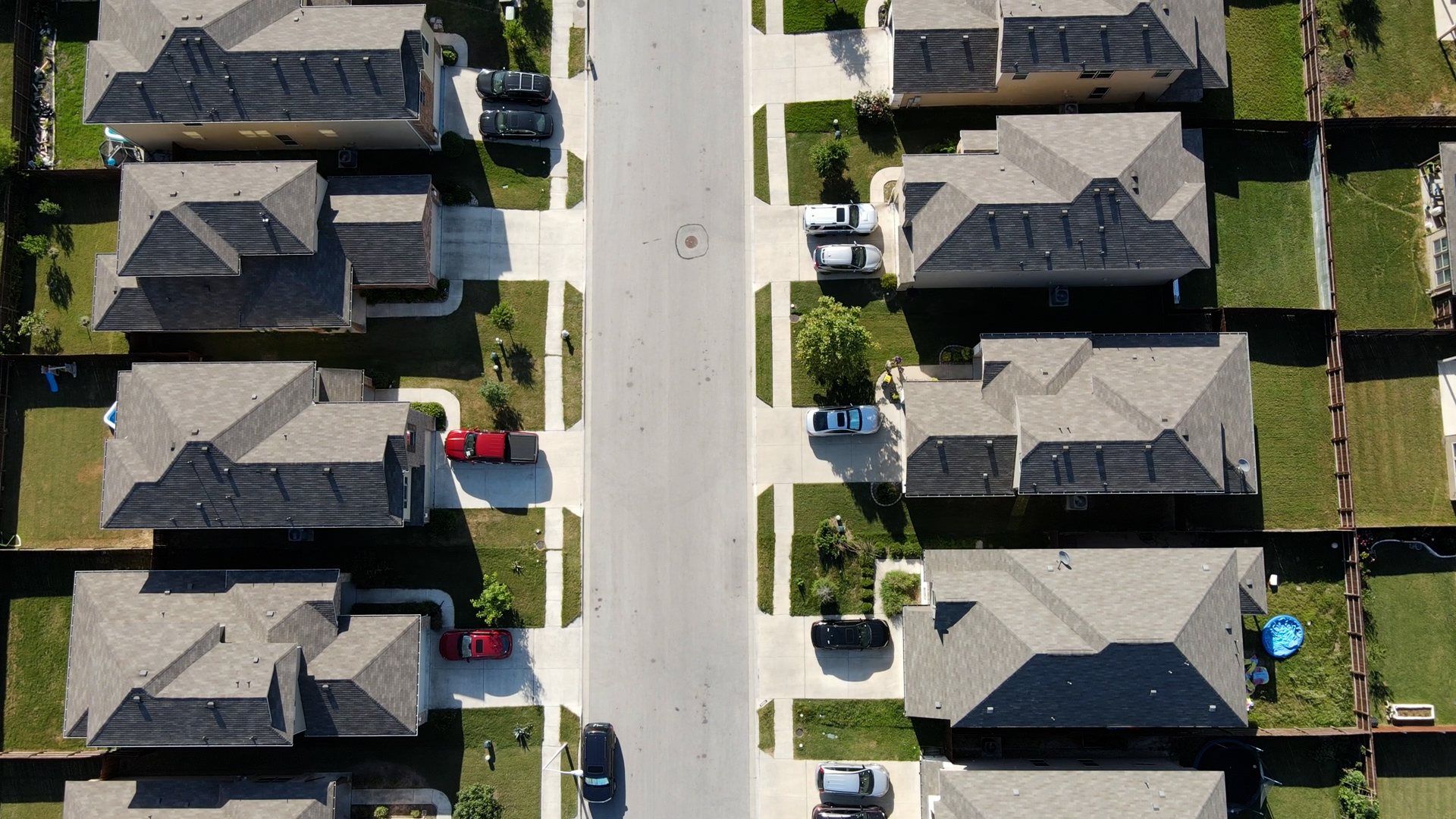
Population in the Loop rose throughout the pandemic, maintaining the neighborhood’s status as the fastest-growing area in the city, according to a report released Thursday by the Chicago Loop Alliance.
The report details the findings of a residential impact study conducted by the alliance. The organization surveyed more than 1,200 Loop residents in July and contracted research firm Goodman Williams Group to analyze residential living in the neighborhood, as well as predict what the area would look like in the future.
According to the study, an estimated 46,000 people live in the Loop, up from 42,300 counted in the 2020 Census. And since 2010, the population in the Loop has risen by 44%, more than any other community area in Chicago.
The area’s population grew faster than the Near North, Near West and Near South sides, the other communities that make up the city’s downtown area, the report states.
Feeling out of the loop? We'll catch you up on the Chicago news you need to know. Sign up for the weekly Chicago Catch-Up newsletter here.
The 2020 Census also included data showing the Loop is the fastest-growing downtown area in the nation, the report finds.
“The Loop has begun to transition into a mixed-use neighborhood, shifting from primarily office, retail and hotel uses to include more residential uses,” the report says.
The increase in residents has had significant economic upsides for downtown businesses. Residents spent an estimated $481 million at businesses in the Loop in 2022, with each household spending an average of more than $18,000. Loop households have approximately $149,000 in disposable income.
The demographic makeup of the Loop has also shifted as more people call the neighborhood home. In 2020, 7% of residents in the Loop were Black, down from 20% in 2000.
But the number of Hispanic residents grew from 6% to 10% during that same period. And the number of Asian residents rose from 10% to 21% in the last 20 years. Still, the Loop remains majority white. In 2020, 59% of residents were white, compared with 62% in 2000.
Factors that drew more residents to the Loop included walkability, proximity to jobs and amenities and transportation access, according to the report.
But only a certain number of people living in the city may even be able to afford housing in the area.
Households earning less than $75,000 will have more difficulty finding or affording housing in the Loop, the report states. Median household income in the city is just over $62,000, but in the Loop it is more than $113,000. There are 239 designated affordable housing units in the Loop, making up less than 1% of the total housing inventory.
To help tackle the issue of affordability the city is offering incentives and financial resources for projects seeking to revitalize La Salle Street in the central Loop. The corridor has seen substantial increases in office and retail vacancies.
The “La Salle Street Reimagined” program demands that at least 30% of new housing in the area be classed as affordable under city ordinance. The program aims to bring at least 300 affordable housing units to the Loop.
The report cited the program as one of the factors that will contribute to the continued rise in population in the Loop in the coming years. Another factor the report cited was the redevelopment of the Thompson Center. Google has announced that once the building is renovated it will become its owner and lead occupant.
The move would likely bring thousands of new jobs to the area, according to the report.
But the report also found that residents wanted more greenery, outdoor dining and open spaces in the Loop. It suggested the city invest in those amenities to keep people in the area.




